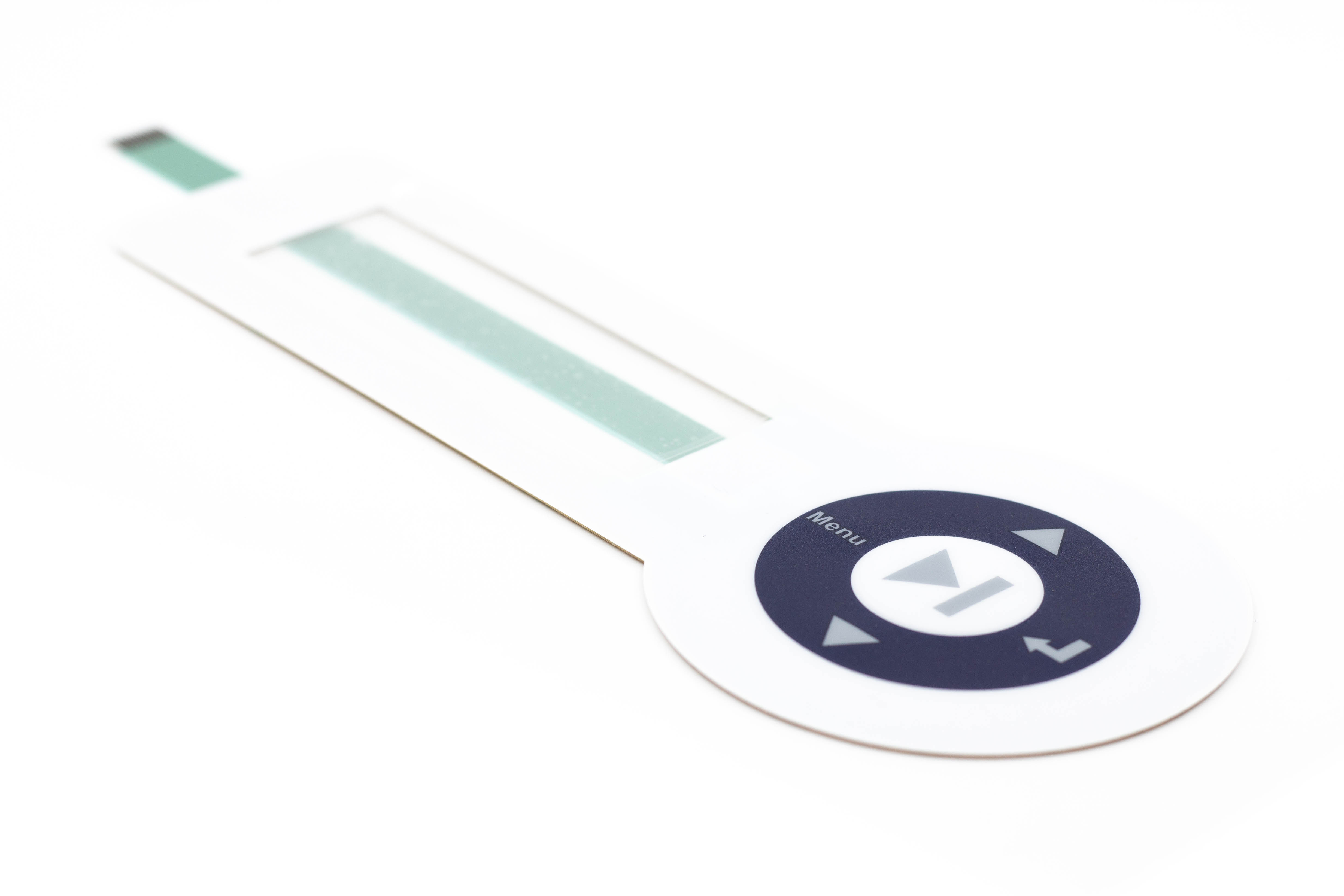Recognizing the Performance of Membrane Layer Changes for Interface Tools
The capability of membrane switches over represents a considerable development in customer interface layout, combining effectiveness with visual flexibility. As industries progressively prioritize individual experience, understanding the nuances of membrane layer button technology ends up being essential.
What Are Membrane Buttons?
Membrane layer switches are ingenious user interface tools that help with individual communication with digital equipment. These flexible elements include multiple layers, including a visuals overlay, spacer, and a published circuit layer. The design enables a seamless combination right into different digital tools, enhancing both the visual and practical elements of interface.
Membrane switches are commonly employed in a broad range of applications, from home appliances to industrial machinery and medical gadgets. Their building usually features a thin account, making them an ideal choice for portable styles. The responsive responses supplied by these switches can be crafted to meet particular user choices, making sure efficient communication between the customer and the tool.
Toughness is one more considerable advantage of membrane layer switches, as they are immune to dirt, wetness, and chemicals, which enhances their life-span in demanding environments. In addition, these buttons can be customized in regards to shape, dimension, and visuals design, enabling branding and user-specific functions. Overall, membrane layer changes represent a sensible service for enhancing individual experience in electronic tools, integrating functionality with visual charm in an efficient fashion.
Exactly How Membrane Switches Job
Operating on a simple concept, membrane switches over utilize a split building to register individual input effectively. Each button includes multiple layers, consisting of a printed circuit layer, a spacer layer, and a leading graphic layer, which are designed to collaborate effortlessly. When a user presses the top layer, it presses the spacer layer, bringing the conductive elements of the circuit layer into call with each other.
This get in touch with develops a closed circuit, indicating the tool to execute a particular feature. The layout permits different arrangements, consisting of tactile comments, which can boost the customer experience by providing a physical feeling upon activation. The products made use of in membrane layer switches typically consist of adaptable substratums, such as polyester or polycarbonate, which guarantee longevity and resilience against wear and tear.

Key Advantages of Membrane Buttons

One more significant benefit is their compactness. Membrane buttons are thin and lightweight, which makes it possible for makers to save space in their devices without giving up capability. This function is particularly beneficial in applications where weight and quantity are important considerations.
In addition, membrane buttons are resistant to dirt, dampness, and chemicals, boosting their durability. This durability extends their life-span and lowers the requirement for frequent substitutes, resulting in price savings over time.
In addition, the tactile responses supplied by membrane buttons can find this be maximized to improve individual communication. They can consist of features such as elevated buttons or distinct clicks, improving use and individual experience.
Applications Throughout Industries
User user interface devices utilizing membrane layer switches prevail in a wide variety of industries, showcasing their adaptability and capability. Membrane Switch. In the clinical industry, membrane layer switches are important to tools such as diagnostic devices and patient tracking systems, where their sturdiness and convenience of cleansing are important for keeping hygiene requirements. Likewise, in the vehicle sector, these switches are utilized in control panel controls and infotainment systems, giving a sleek and contemporary interface for users.
Moreover, the customer electronic devices field gain from membrane layer buttons in devices and portable gadgets, where small style and easy to use interfaces enhance user experience. Industrial applications also utilize membrane layer changes for control panels in machinery and automation systems, emphasizing their effectiveness and resistance to rough settings.
In the aerospace and defense industries, membrane buttons are used in cockpit controls and equipment, where dependability and performance under severe This Site problems are critical. Additionally, the pc gaming sector progressively incorporates membrane layer buttons in controllers and game machines, adding to an appealing individual experience. In general, the versatility of membrane layer changes enables their prevalent usage across countless markets, highlighting their significance in contemporary interface layout.
Future Patterns in Membrane Switch Over Innovation

Additionally, the use of innovative materials, such as polycarbonate and polyester films, is anticipated to climb, offering boosted sturdiness and resistance to ecological stressors. These materials add to the total longevity of membrane layer buttons, making them ideal for harsher industrial applications.
In addition, the consolidation of smart innovation, consisting of IoT connectivity, will certainly make it possible for membrane switches to communicate with other gadgets and systems, promoting a more interactive customer experience. This fad lines up with the growing demand for smart tools throughout numerous fields, from medical care to consumer electronic devices.
Lastly, modification alternatives are expected to increase, enabling suppliers to produce bespoke remedies customized to details user needs and preferences. These developments will place membrane layer switches as important elements in the development of individual interface innovation.
Final Thought
In conclusion, membrane changes stand for an essential development in individual interface technology, supplying a dependable and functional option for varied electronic applications. As advancements in material scientific research and touch picking up modern technologies continue, the performance and applicability of membrane layer switches are expected to increase, enhancing their value in modern-day electronic tools.